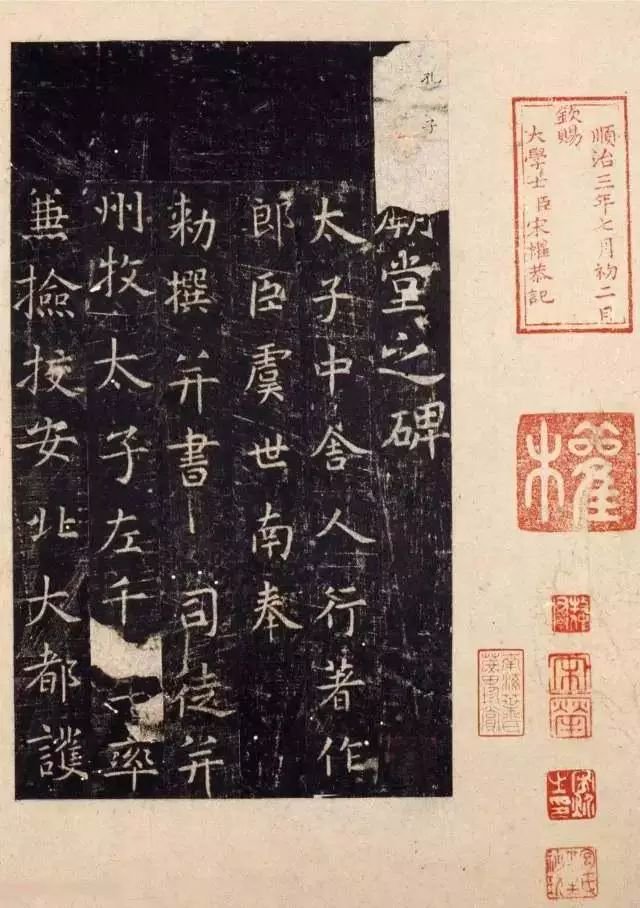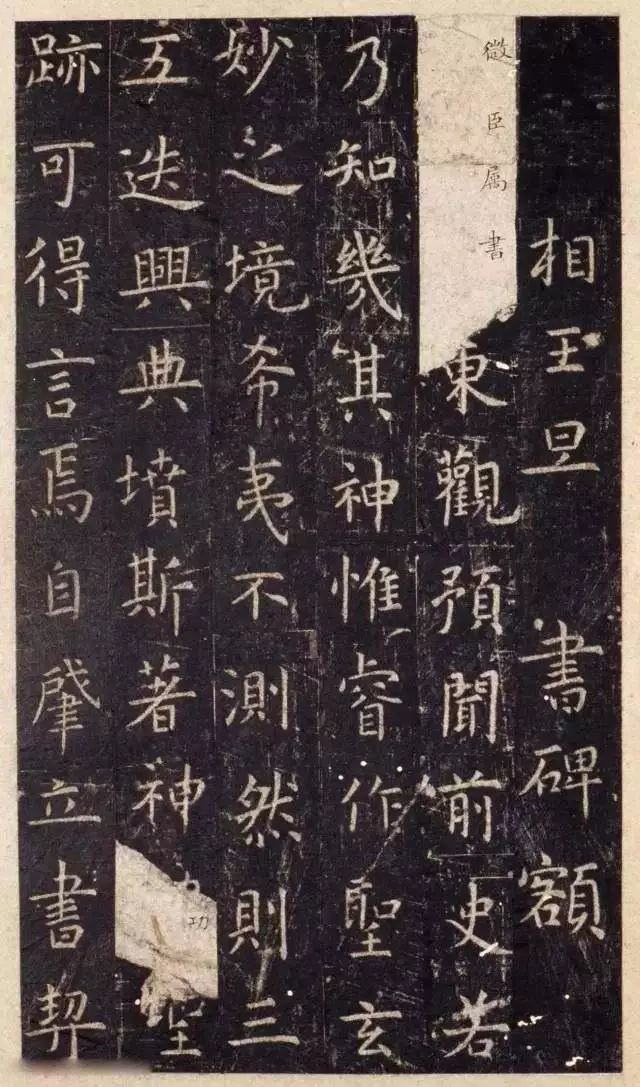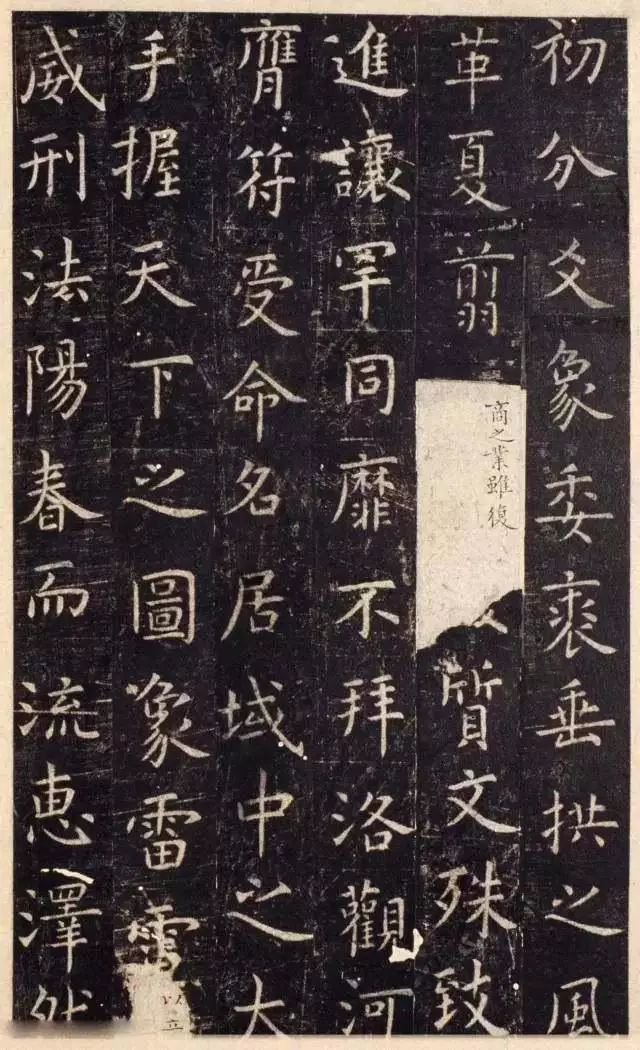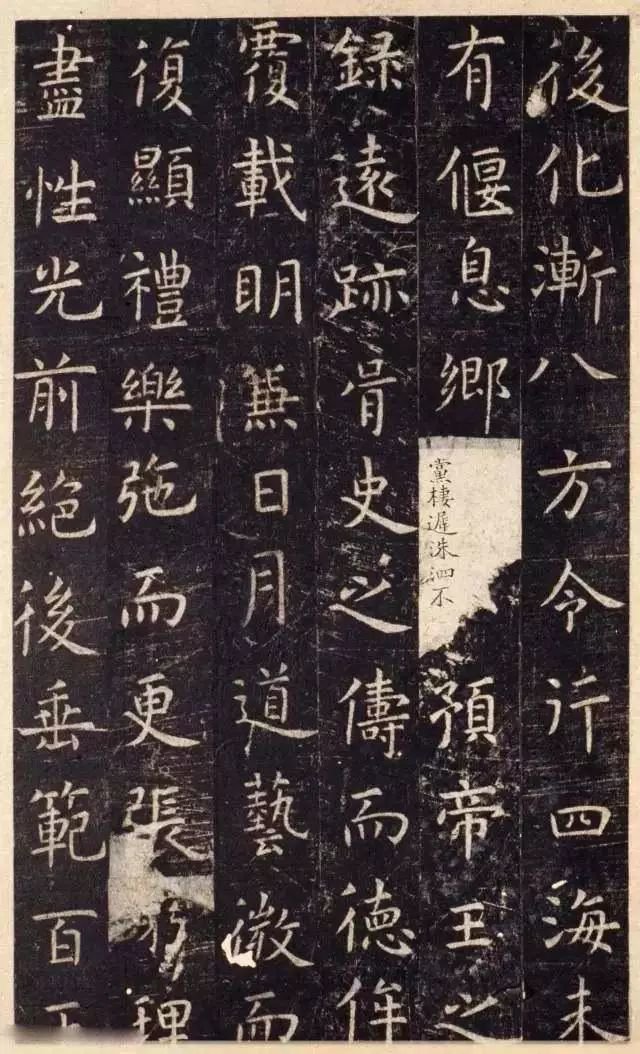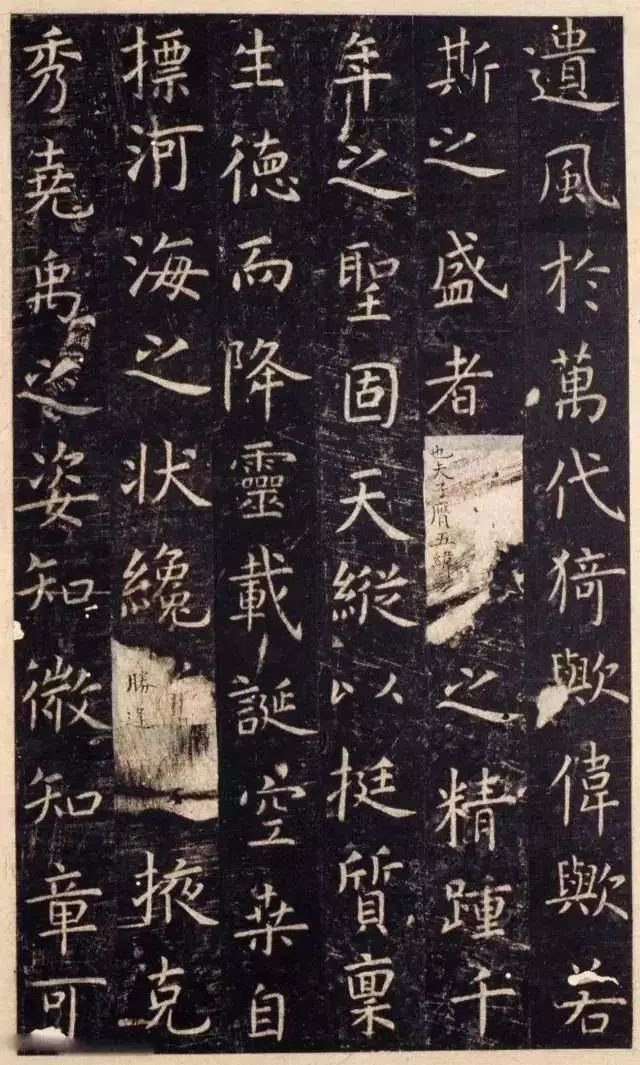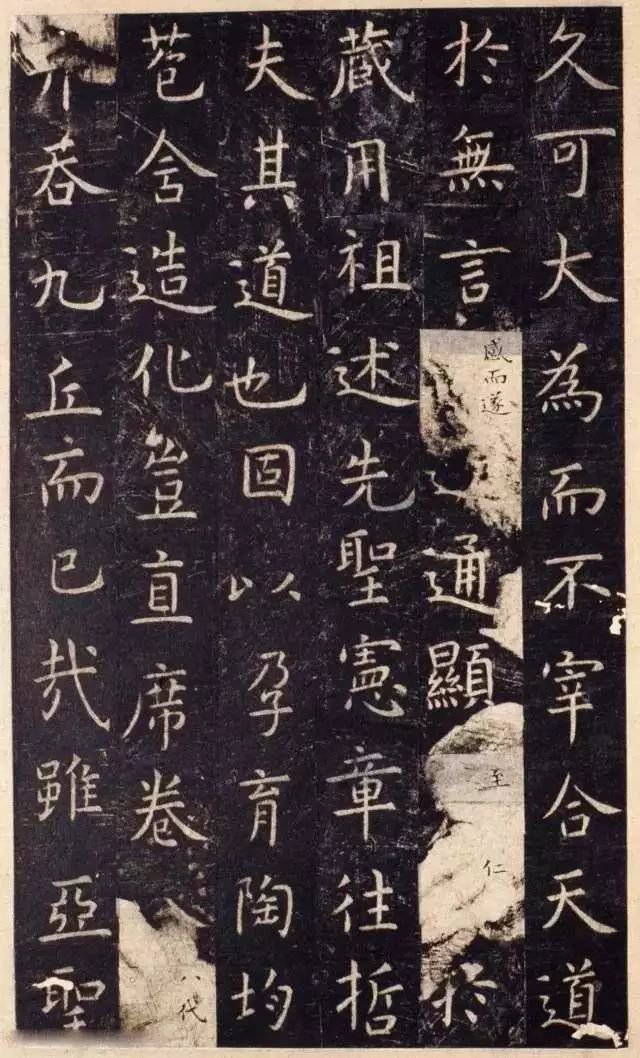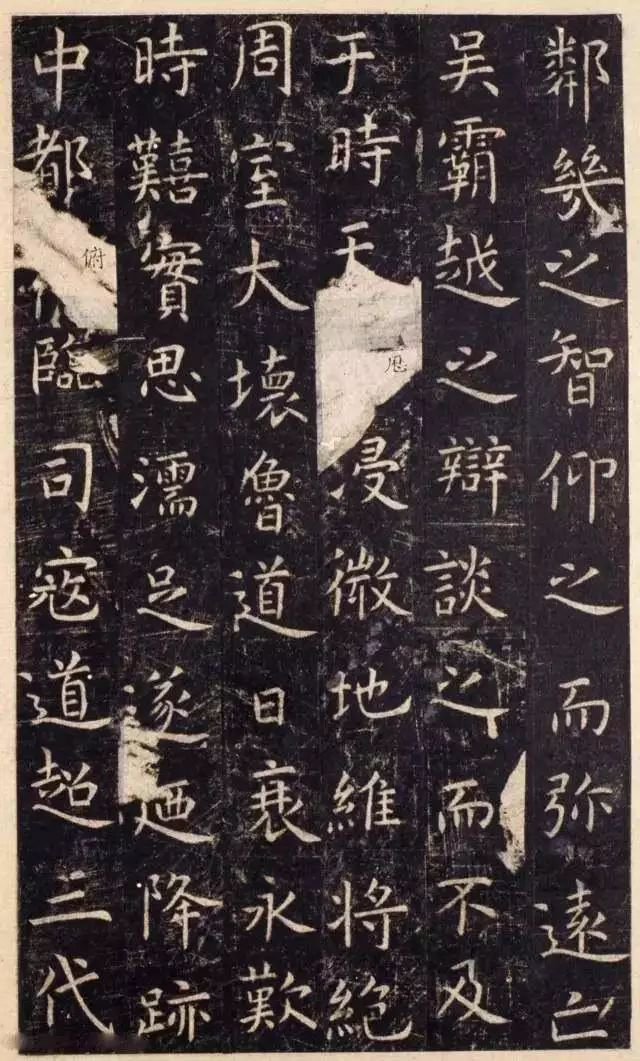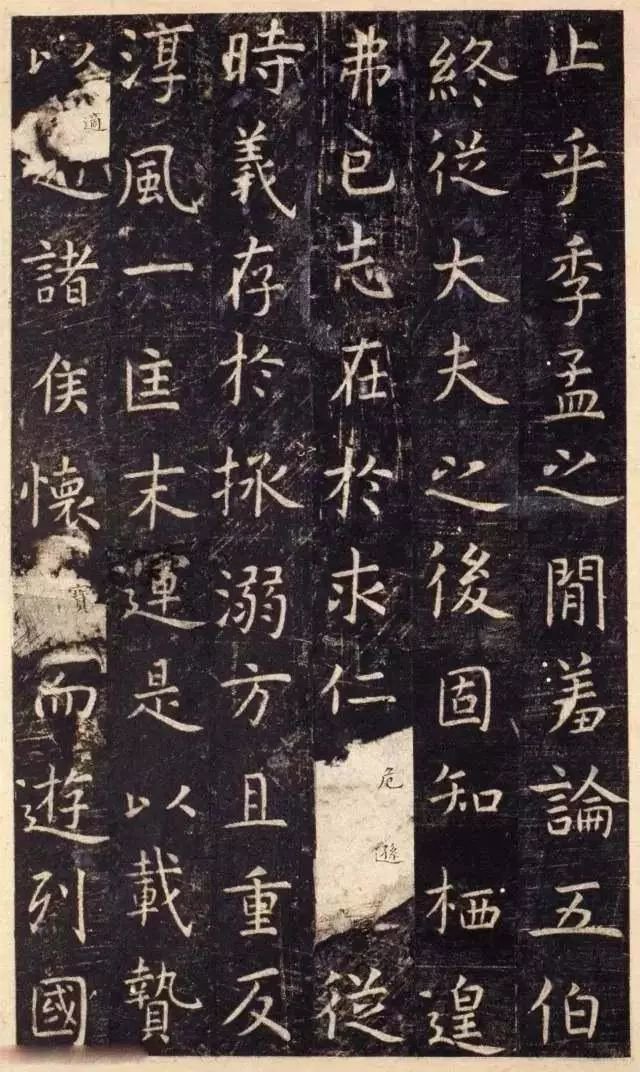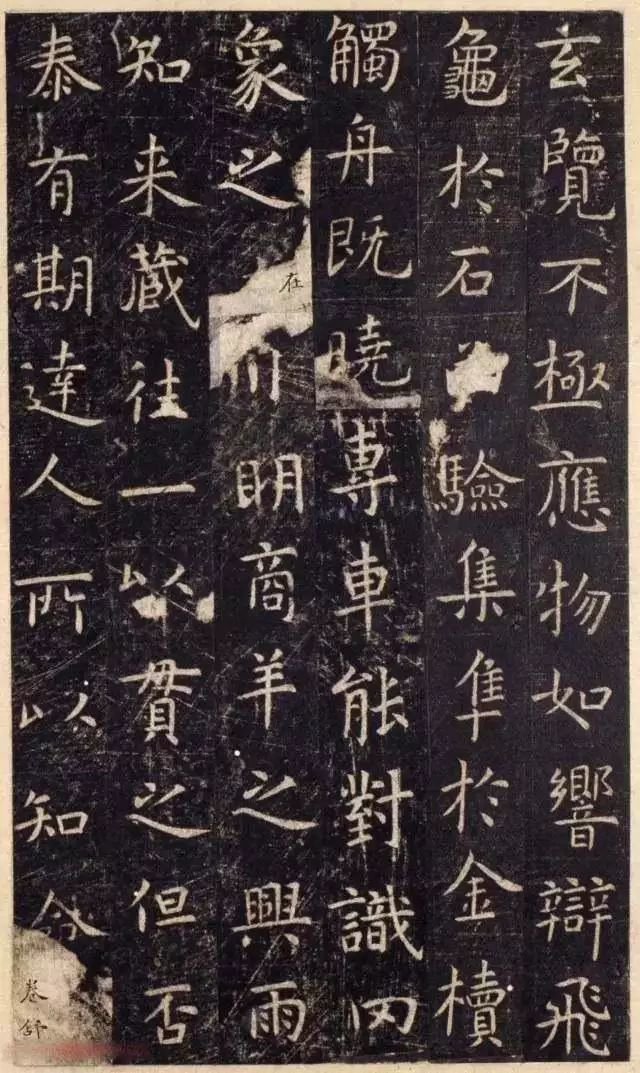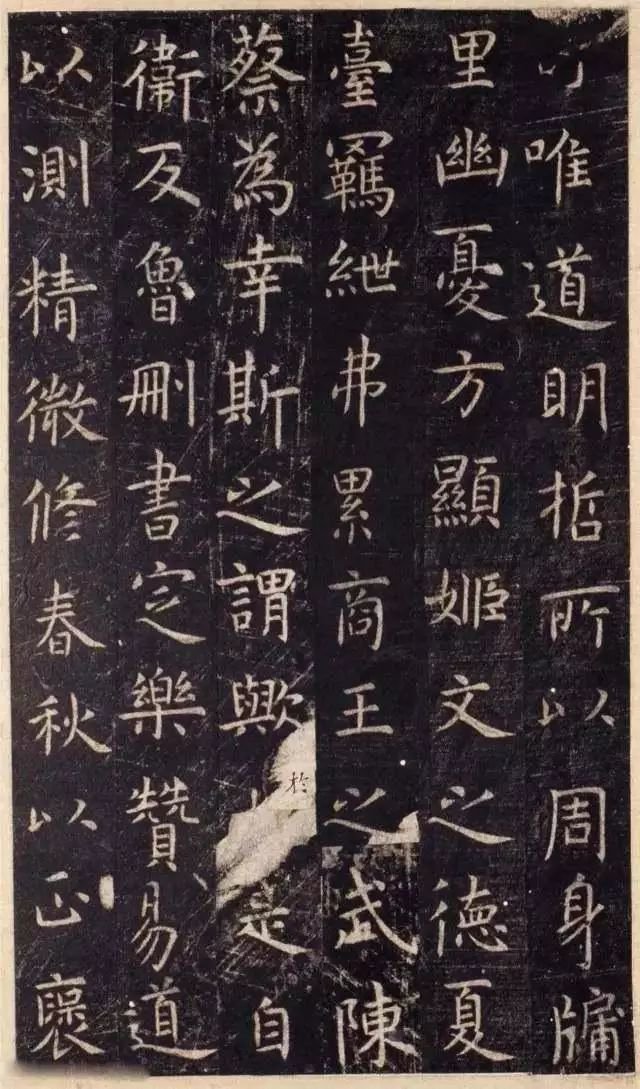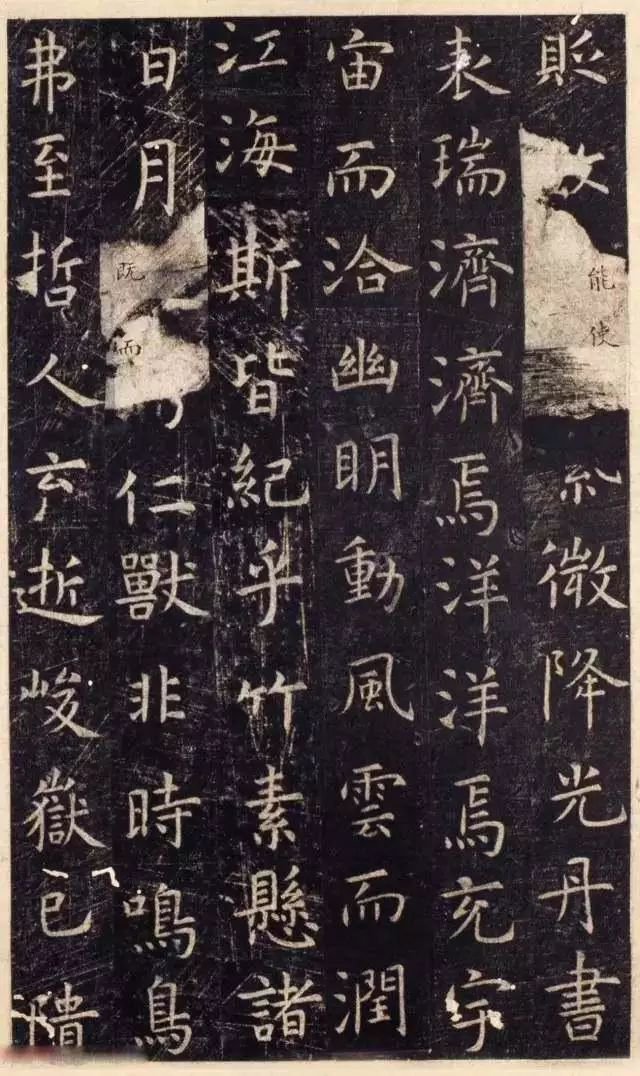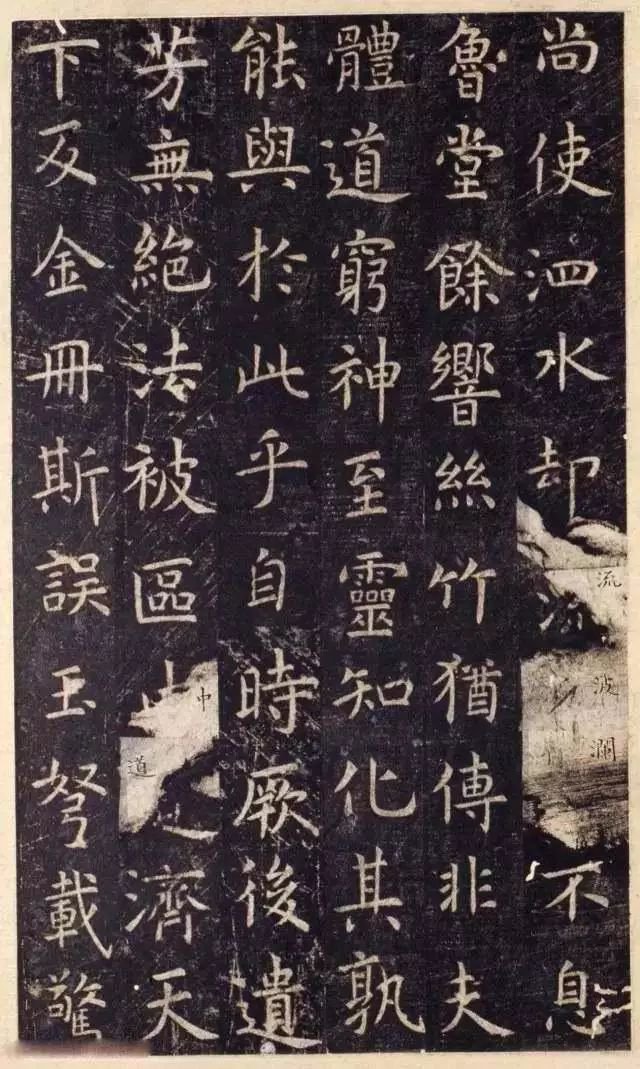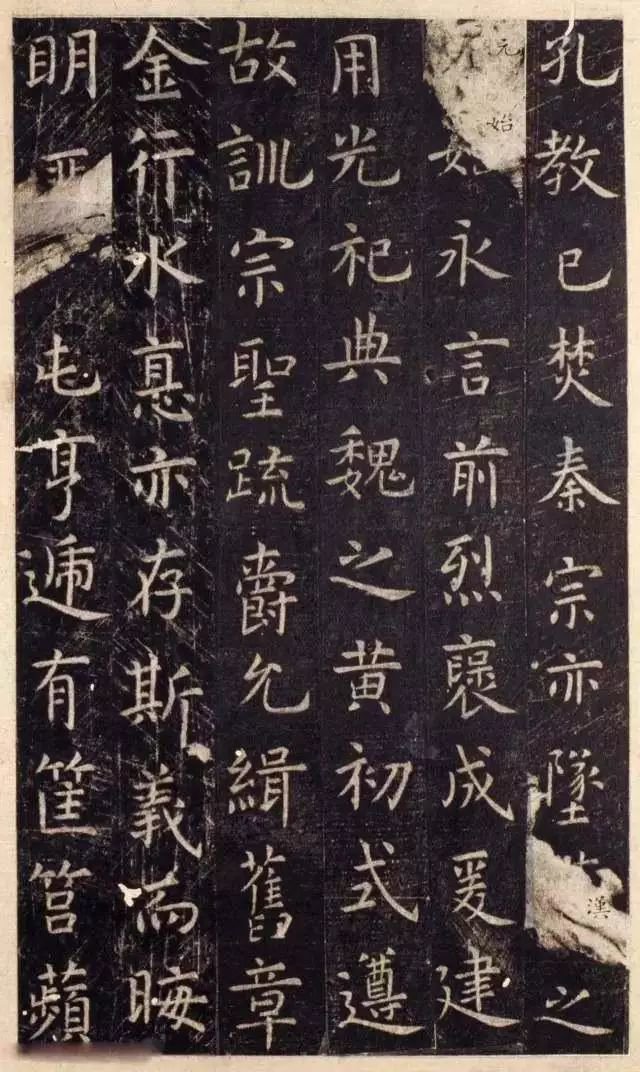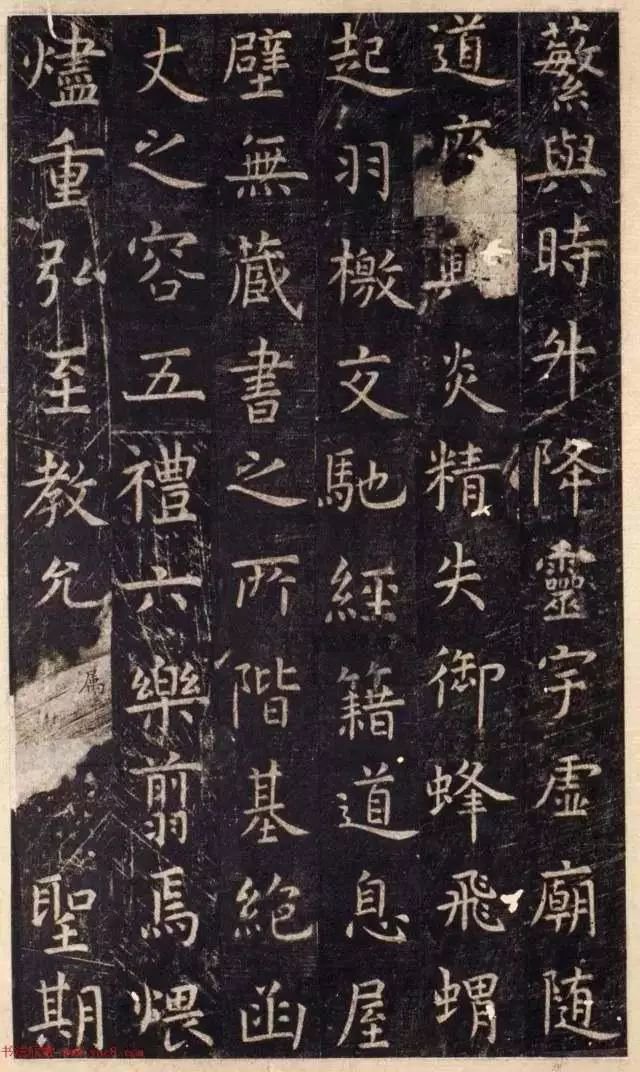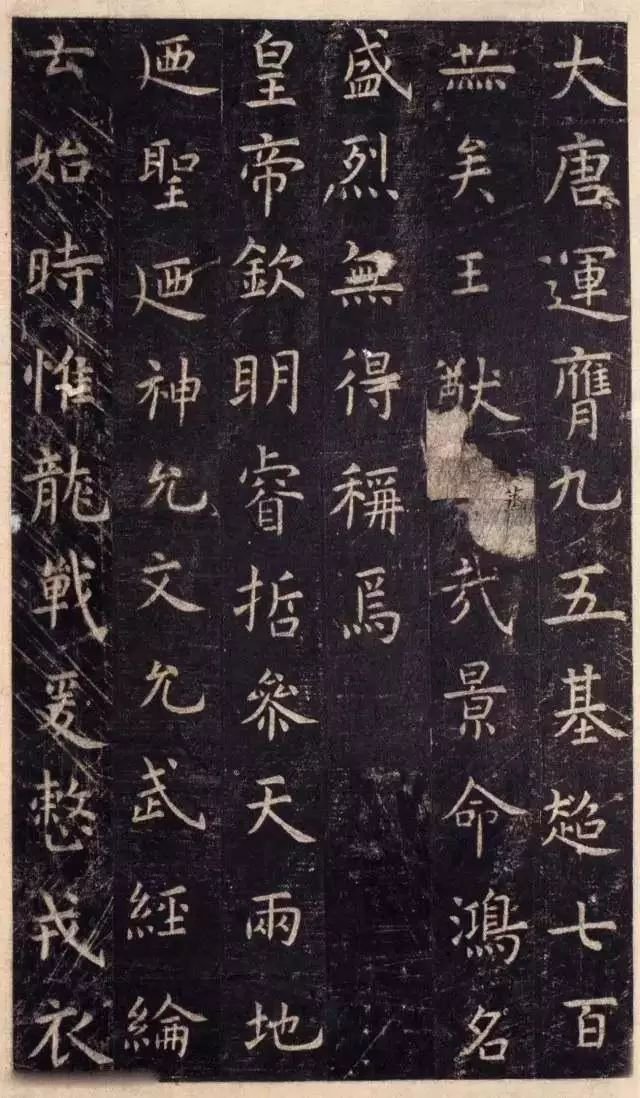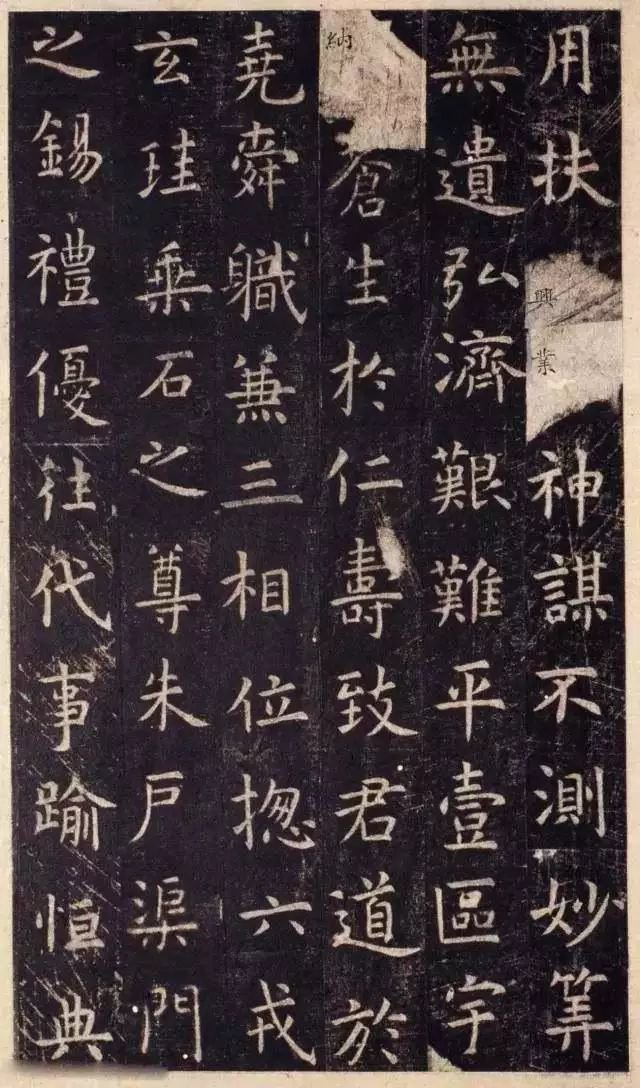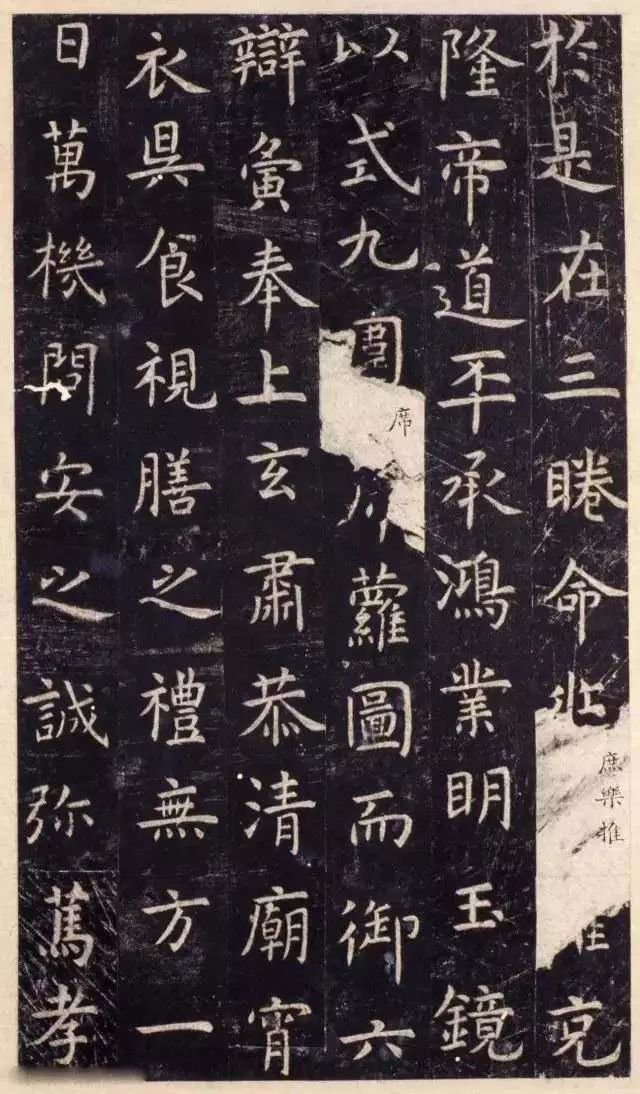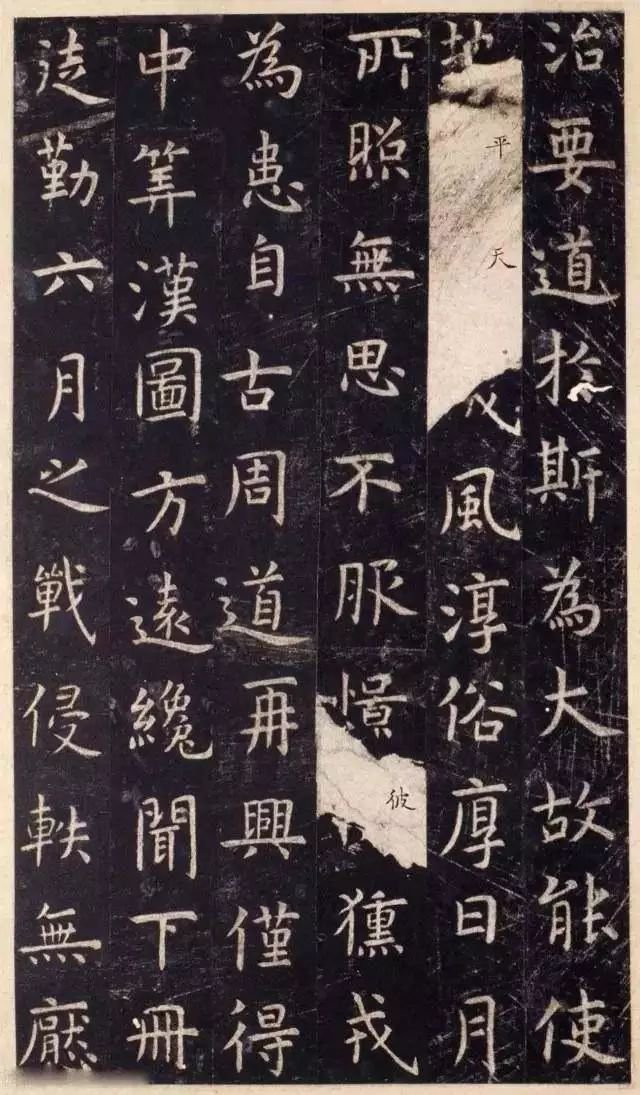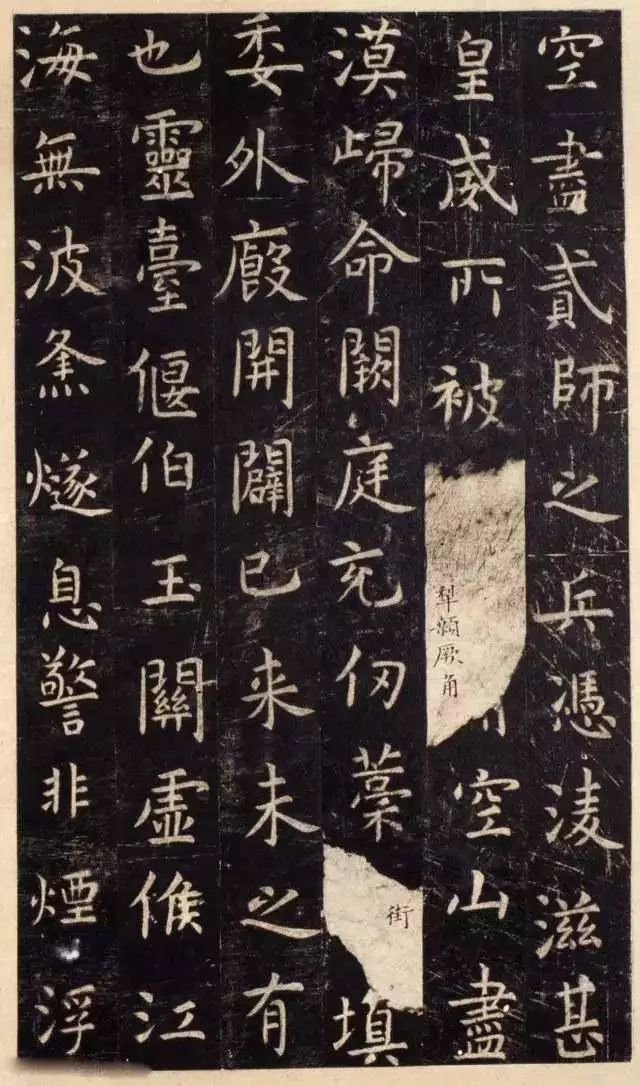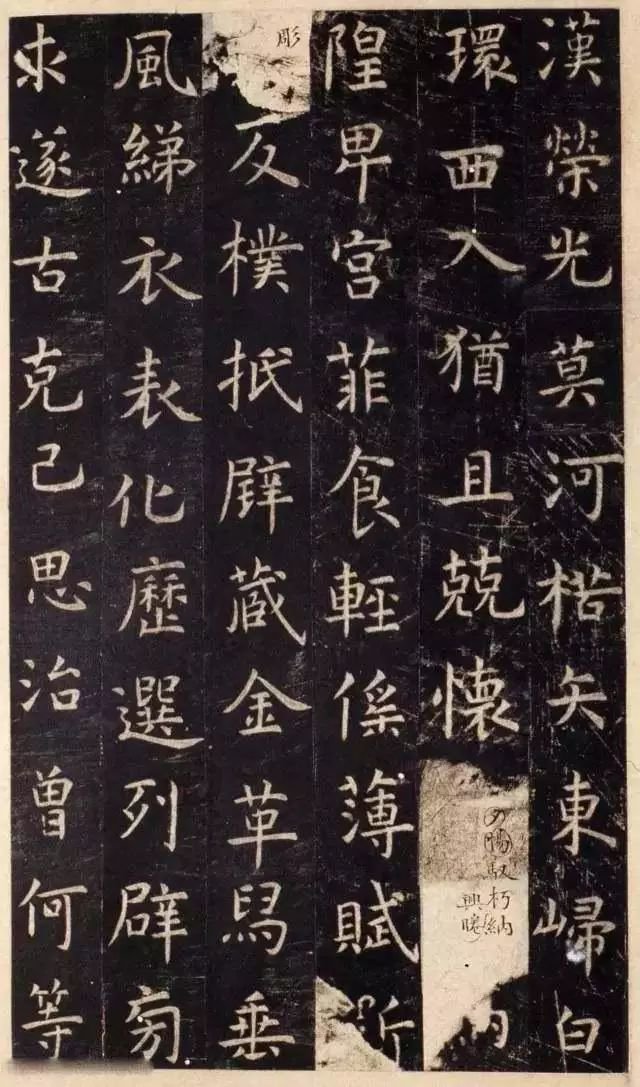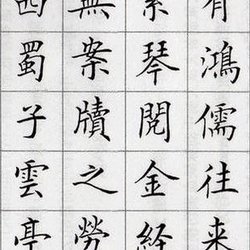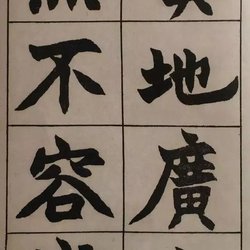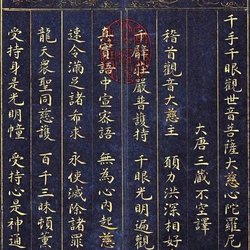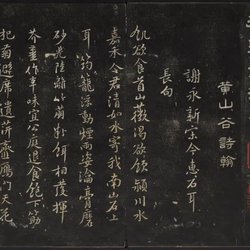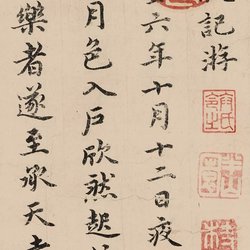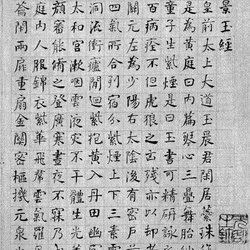The Shaanxi version of "Yu Yongxing Confucius Temple Stele" in regular script written by Yu Shinan in the Northern Song Dynasty was copied by Wang Yanchao in the Song Dynasty. Because the stone was in Xi'an, Shaanxi, it was called the "West Temple Stele", also known as the Shaanxi version. This regular script is absolutely wonderful!
Yu Shinan wrote this stele and presented it in ink to Emperor Taizong of the Tang Dynasty. Emperor Taizong gave Yu Shinan the yellow and silver seal of the internal history of Kuaiji, the right army general admired by Wang Xizhi. In the Song Dynasty, Huang Tingjian wrote a poem: "How can I buy a thousand taels of gold for the engraving of Yu Shu in Confucius Temple?" It can be seen that the original rubbings are rare in the Northern Song Dynasty. The "Confucius Temple Stele" written by Yu Shinan was originally called "Dongguan Tie". It was collected by Wang Shizhen in the Ming Dynasty and later transferred to the Qing Dynasty. During this period, it was acquired by Dong Qichang, who was highly praised by Dong Qichang.
There are several types of "Confucius Temple Stele", and the one written by Yu Shinan of the Tang Dynasty is the most famous. Therefore, it is called "Confucius Temple Stele" or "Confucius Temple Stele" alone, and mostly refers to this stele. Engraved in the ninth year of Wude in the Tang Dynasty (AD 626) and written by Yu Shinan.
As an outstanding work of inscriptions in the early Tang Dynasty, it is also recognized by epigraphers and calligraphers of all ages as a masterpiece of Yu calligraphy. This stele was erected to record the appointment of Kong Delun, the 23rd grandson of Confucius, as a holy prince and the repair of the Confucius Temple in the ninth year of Emperor Wude's reign (626). It was carved in the seventh year of Zhenguan (633), and there is no date and time of writing.
The stipple painting of "Confucius Temple Stele" is very simple, but not simple. At first glance, it seems that there is no "technical content". He starts to write with his sharp edge and then closes it with his sharp edge. Observing her lines carefully, she looks like a natural beauty who does not put on any makeup or ornaments, but is restrained, dignified and elegant.
Especially some of the main strokes, such as long strokes and long strokes, are refreshing and vigorous; the horizontal folds are made by turning the brush strokes, and the lines are thick and vigorous, which is the best interpretation of "soft on the outside and strong on the inside", all of which are thanks to the seal script French pen. There are only a few seal scripts used in Tang Kai script, but it is even rarer to use it so skillfully and freely as Yu Shinan used it in "Confucius Temple Stele".
